Source: unite.ai A group of computer scientists at the University of Texas at Dallas have developed a new approach for defending against cybersecurity. Rather than blocking hackers, they entice them in. The newly developed method is called DEEP-Dig (DEcEPtion DIGging), and it entices hackers into a decoy site so that the computer can learn their tactics. The Read More
Tag: researchers
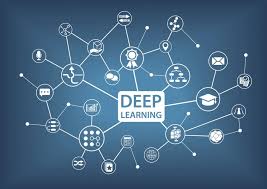
Source: menafn.com In 2012, a researcher Krizhevsky entered the renowned image classification contest – ImageNet with a Convolutional Neural Network called AlexNet designed by his team. And to everyone’s astonishment, AlexNet won the first prize by beating other contemporary techniques by a huge margin of accuracy. With this success, suddenly the AI research community became Read More
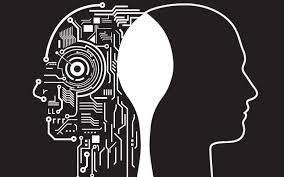
Source: itproportal.com Research shows that 40 per cent of companies claiming to use artificial intelligence (AI) lack tangible evidence of its application. Without true understanding or legitimate practice the web of confusion in this field grows more and more complex, thanks to a range of buzzwords in the mix including machine learning, data mining, and Read More
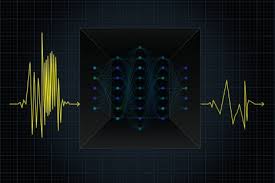
Source: mit.edu Over the last century, scientists have developed methods to map the structures within the Earth’s crust, in order to identify resources such as oil reserves, geothermal sources, and, more recently, reservoirs where excess carbon dioxide could potentially be sequestered. They do so by tracking seismic waves that are produced naturally by earthquakes or Read More

Source: phys.org Applying deep learning to seismic data has revealed tremor and slip occur at all times—before and after known large-scale slow-slip earthquakes—rather than intermittently in discrete bursts, as previously believed. Even more surprisingly, the machine learning generalizes to other tectonic environments, including the San Andreas Fault. “The work tells us that the physics of Read More
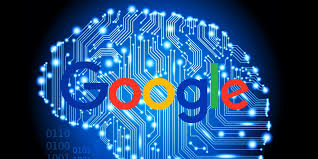
Source: venturebeat.com In self-supervised learning — an AI technique where the training data is automatically labeled by a feature extractor — the extractor can exploit low-level features (known as “shortcuts”) that cause it to ignore useful representations. In search of a technique that might help remove these shortcuts autonomously, researchers at Google Brain developed a framework — Read More
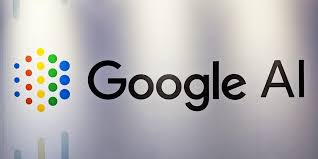
Google researchers use multiple cameras to reduce error rates for robot insertion and stacking tasks
Source: venturebeat.com Object-manipulating robots rely on cameras to make sense of the world around them, but these cameras often require careful installation and ongoing calibration and maintenance. A new study published by researchers at Google’s Robotics division and Columbia University proposes a solution, which involves a technique that learns to accomplish tasks using multiple color cameras without Read More
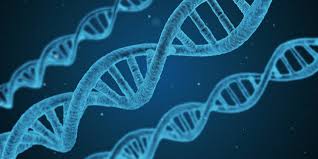
Source: unite.ai A new study led by researchers at Linköping University demonstrates how an artificial neural network (ANN) can reveal large amounts of gene expression data, and it can lead to the discovery of groups of disease-related genes. The study was published in Nature Communications, and the scientists want the method to be applied within precision medicine and individualized Read More
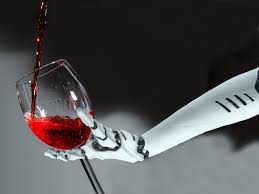
Source: analyticsindiamag.com From microelectronics to mechanics and machine learning, the modern-day robots are a marvel of multiple engineering disciplines. They use sensors, image processing and reinforcement learning algorithms to move the objects around and move around the obstacles as well. However, this is not the case when it comes to handling objects such as glass. Read More

Source: venturebeat.com Reinforcement learning, which spurs AI to complete goals using rewards or punishments, is a form of training that’s led to gains in robotics, speech synthesis, and more. Unfortunately, it’s data-intensive, which motivated research teams — one from Google Brain (one of Google’s AI research divisions) and the other from Alphabet’s DeepMind — to prototype more Read More
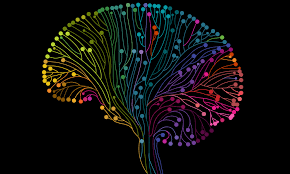
Source: drugtargetreview.com An artificial neural network has revealed patterns in huge amounts of gene expression data and discovered groups of disease-related genes. The developers, from Linköping University, Sweden, hope that the method can eventually be applied within precision medicine and individualised treatment. The scientists created maps of biological systems based on how different proteins or genes Read More

Source: thenextweb.com How many times have you seen a video being badly cropped when you watch it on a mobile device? It’s quite frustrating and annoying, and most of the time, there’s not much you can do about it. To address this problem, Google’s AI team has developed an open-source solution, Autoflip, that reframes the Read More
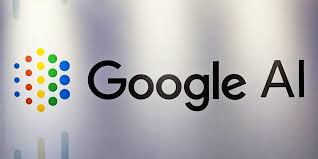
Source: venturebeat.com Optical sensors such as cameras and lidar are a fundamental part of modern robotics platforms, but they suffer from a common flaw: transparent objects like glass containers tend to confuse them. That’s because most of the algorithms analyzing data from those sensors assume all surfaces are Lambertian, or that they reflect light evenly Read More

Source: analyticsindiamag.com A team at NYU and Modl.ai have posited in their recent work, that simple image processing techniques (listed below) can improve the generalisation in deep reinforcement learning systems. RL systems are typically trained on gaming platforms which are test beds for teaching agents new tasks through visual cues. By exploiting the field of views of Read More

Source: venturebeat.com In reinforcement learning, the goal generally is to spur an AI-driven agent to complete tasks via systems of rewards. This is achieved either by learning a mapping (a policy) from states to actions that maximize an expected return (policy gradients), or by inferring such a mapping by calculating the expected return for a given Read More

Source: analyticsinsight.net Deep learning which is also termed as hierarchical learning or deep structured learning uses a layered algorithmic architecture to analyze data. Its peculiarity helps organizations and researchers achieve the unachievable in a most innovative manner. Recently, researchers at the University of Eastern Finland developed a new deep learning model that can identify sleep stages Read More
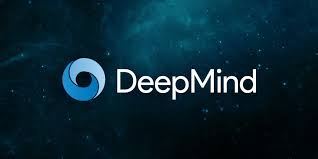
Source: venturebeat.com Robots perform better at a range of tasks when they draw on a growing body of experience. That’s the assertion of a team of researchers hailing from DeepMind, who in a preprint paper propose a technique called reward sketching. They claim it’s an effective way of eliciting human preferences to learn a reward function — Read More

Source: telanganatoday.com Helsinki: A new learning model for identifying sleep stages with exact precision as that of a physician has been identified by a recent study. The study was conducted by researchers of the University of Eastern Finland. Sleep is manually classified into five stages, which are wake, rapid eye movement (REM) sleep and three Read More

Source: militarytimes.com A team of researchers at the James A. Haley Veterans’ Hospital in Tampa, Florida, is revolutionizing the way cancer is documented by enlisting the help of a computer to diagnose the disease in one of the largest patient populations in the nation: veterans. Sophisticated artificial intelligence is capable of drastically altering how cancer Read More

Source: spacedaily.com Russian researchers from the Moscow Institute of Physics and Technology, Valiev Institute of Physics and Technology, and ITMO University have created a neural network that learned to predict the behavior of a quantum system by “looking” at its network structure. The neural network autonomously finds solutions that are well-adapted toward quantum advantage demonstrations. Read More
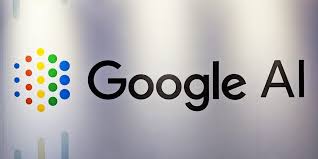
Source: venturebeat.com Determining whether an AI system is maintaining fairness in its predictions requires an understanding of models’ short- and long-term effects, which might be informed by disparities in error metrics on a number of static data sets. In some cases, it’s necessary to consider the context in which the AI system operates in addition Read More

Source: indulgexpress.com As Microsoft CEO Satya Nadella emphasized on keeping Azure Cloud secure with integrated end-to-endidentity, security and compliance solutions, cybersecurity firm Check Point revealed that it identified twomajor security flaws in Microsoft Azure last year which have now been fixed. The researchers at Israel-based Check Point discovered that a user on the Azure network Read More
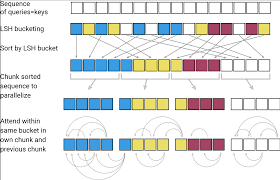
Source: infoq.com Researchers from Google AI recently open-sourced the Reformer, a more efficient version of the Transformer deep-learning model. Using a hashing trick for attention calculation and reversible residual layers, the Reformer can handle text sequences up to 1 million words while consuming only 16GB of memory on a single GPU accelerator. In a paper accepted for oral presentation Read More
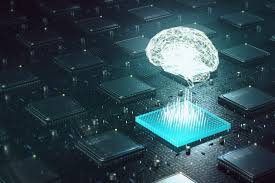
Source: drugtargetreview.com Researchers have developed a novel method for producing lung cells in vitro using machine learning. The creators of the artificial intelligence technique believe their work will improve models of lung disease and laboratory testing of treatments. The collaboration between the Center for Regenerative Medicine (CReM) at Boston University and the Carnegie Mellon University (CMU), both US, highlighted Read More
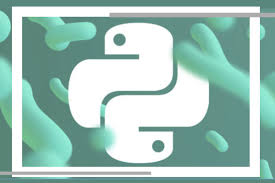
Source: nypost.com Even though big data has taken over the world, it turns out there’s a massive problem afoot in the industry: most data collected by businesses isn’t being analyzed. New research found that the issue may be caused by a skills gap and could be costing companies billions of dollars. Yikes. Most companies understand what big Read More
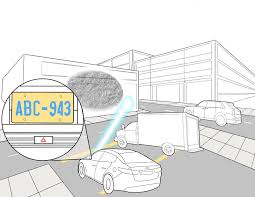
Source: photonics.com A team of U.S. researchers has created a laser-based system able to image around corners in real time. With further development, the system may allow self-driving cars to look around parked cars or busy intersections to see hazards or pedestrians. The technology could also be installed on satellites and spacecraft for tasks such Read More
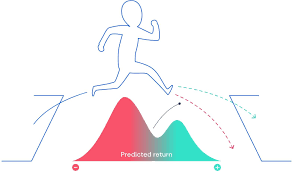
Source: techxplore.com A team of researchers from DeepMind, University College and Harvard University has found that lessons learned in applying learning techniques to AI systems may help explain how reward pathways work in the brain. In their paper published in the journal Nature, the group describes comparing distributional reinforcement learning in a computer with dopamine processing Read More

Source: news.psu.edu UNIVERSITY PARK, Pa. — Researchers in Penn State’s College of Information Sciences and Technology are advancing work that utilizes machine learning methods to improve traffic signal control at urban intersections around the world. Through their work, the researchers are exploring the use of reinforcement learning — training algorithms to learn how to achieve a complex Read More

Source: forbes.com Today, around the world, across most industry sectors, front-line, midlevel and, yes, even executive-level managers spend 54% of their workdays on administrative coordination and control. In contrast, just 7% of their time is spent developing people. So reports recent research from Accenture It is my view that managers are doing many things that can be Read More
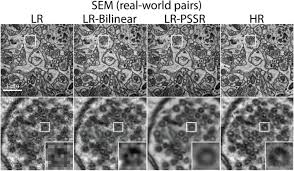
Source: photonics.com AUSTIN, Texas, and SAN DIEGO, Jan. 14, 2020 — Using deep learning techniques, researchers from the Salk Institute have developed a new microscopy approach that could make microscopic techniques used for brain imaging 16 times faster. The researchers trained their deep learning system using data from the Texas Advanced Computing Center (TACC) at The University Read More
